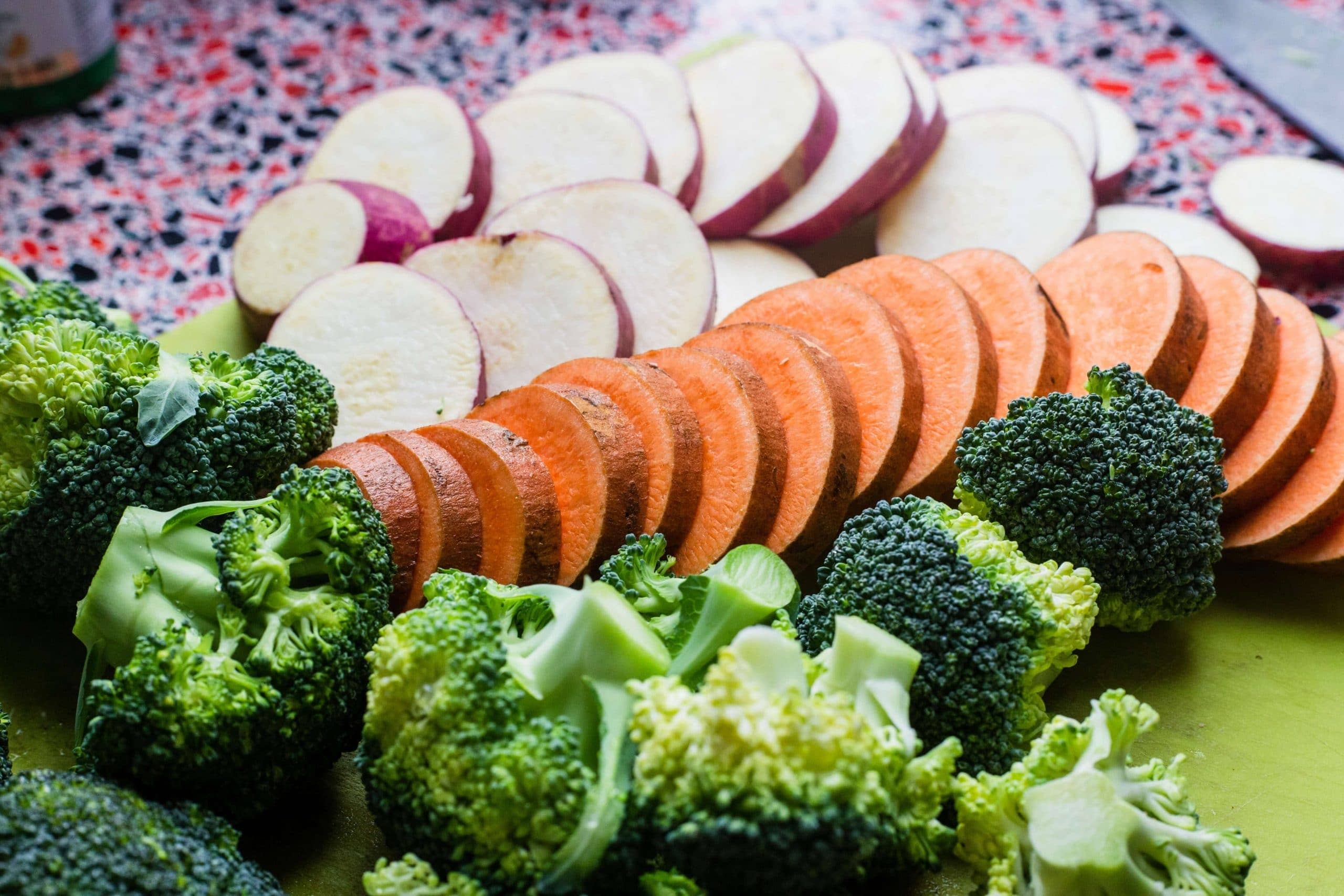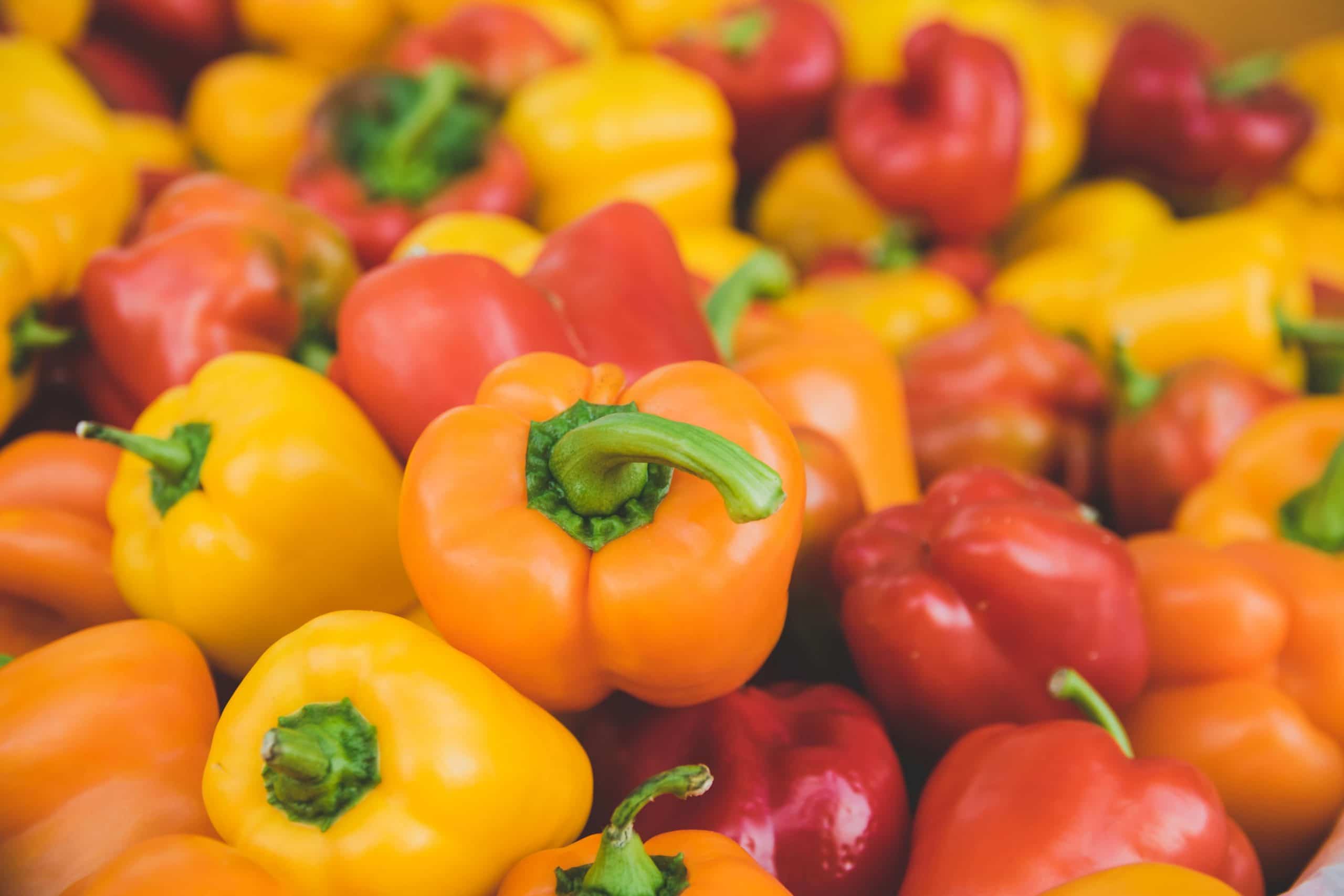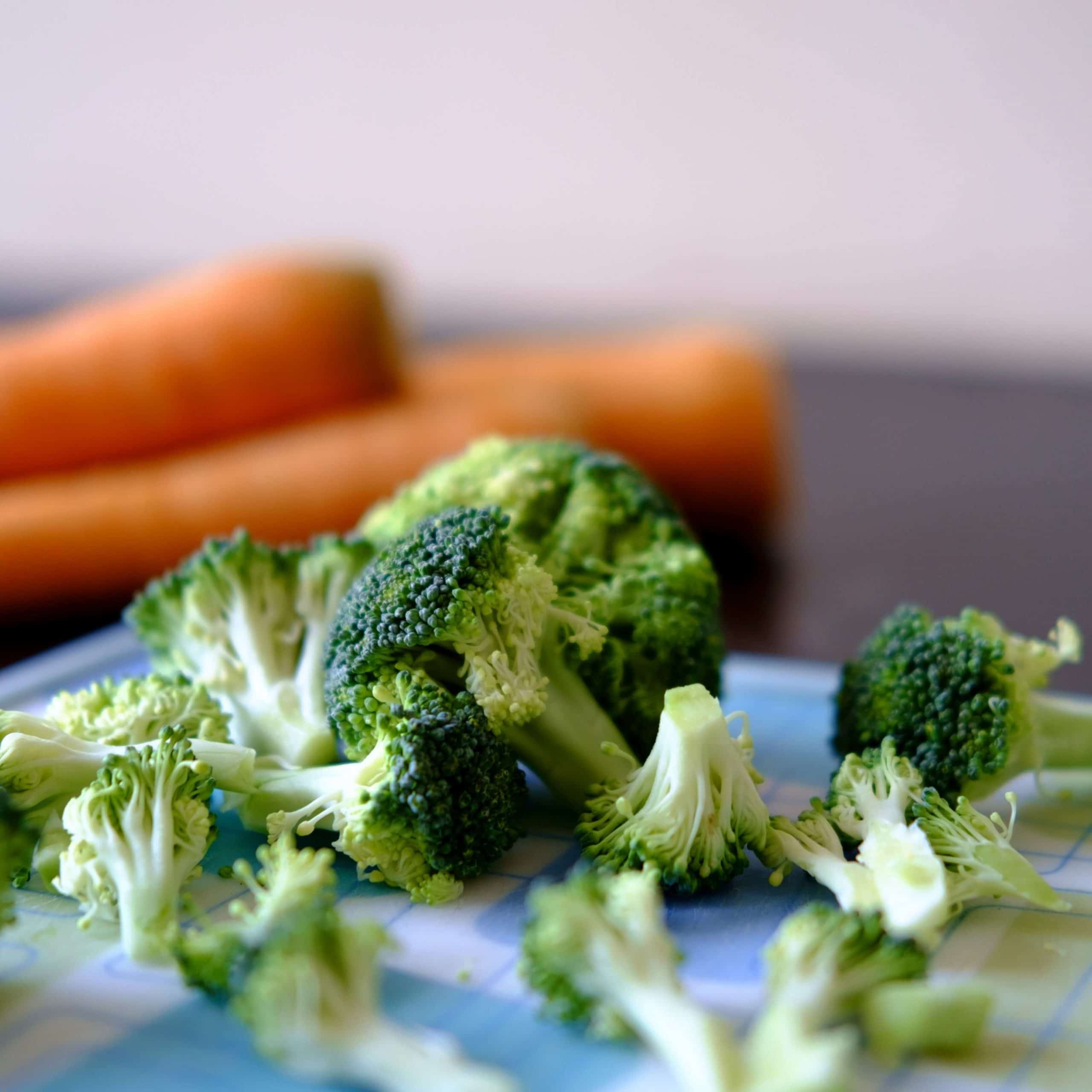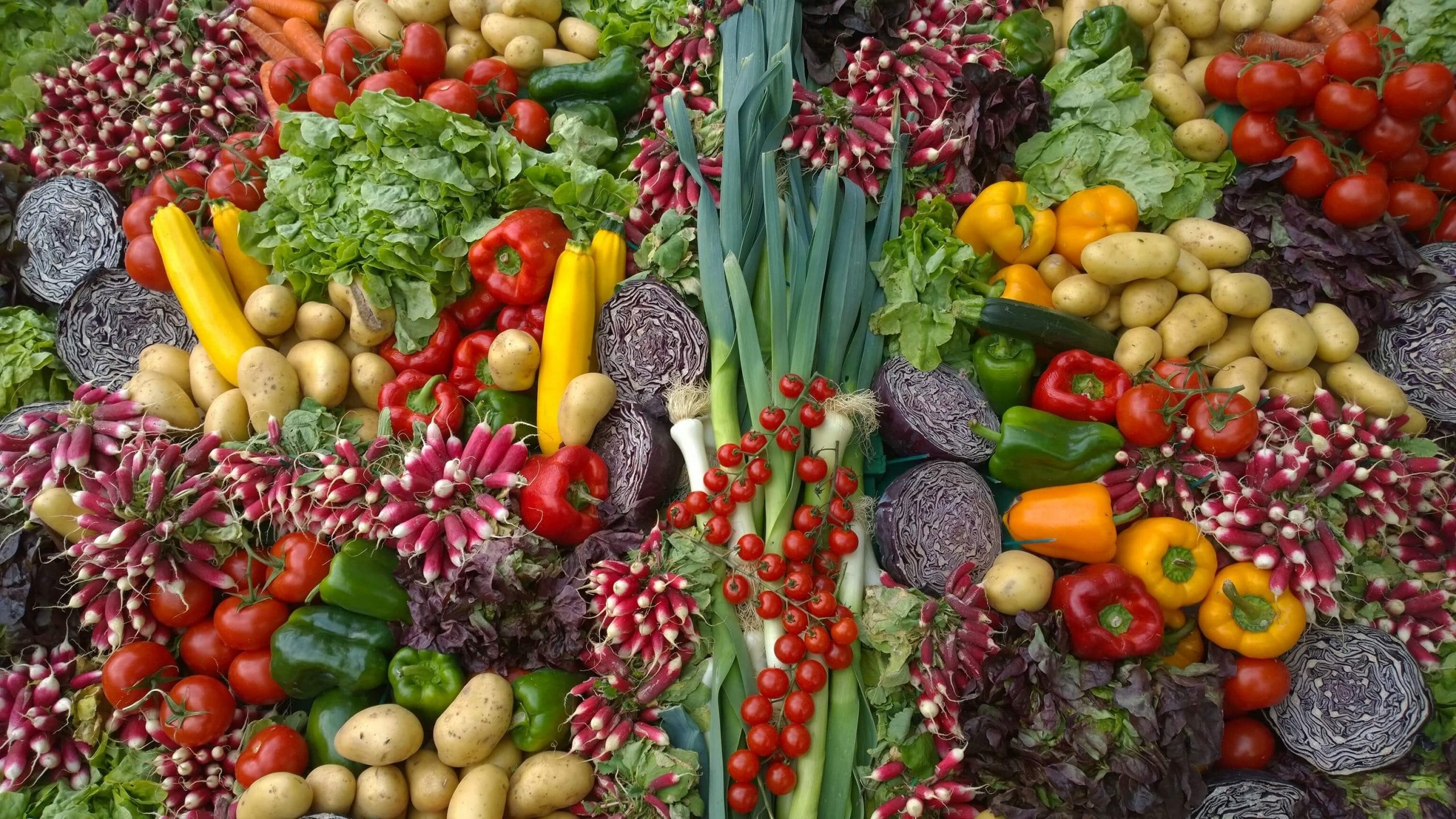Certain veggies can be exposed to frost only after a quick boil. Definitely, everyone who tends to preserve them for long-term use would like to know how to blanch veggies properly.
In this article, all the secrets of blanching vegetables will be revealed!
Why Blanching? The Method’s Benefits
Let’s agree that most of us are more used to the idea of preserving foods raw in the freezing camera. Quite many people would probably wonder why to blanch vegetables before freezing at all.
However, such an approach as raw freezing has its cons and the major one is that raw vegetables still have natural enzymes that will later cause the loss of taste and texture of the product.
Also, freezing vegetables raw makes them more predisposed to sooner spoiling.
For this reason, blanching vegetables is widely used to keep our foodstuff more durable.
Besides, the good news is that one can blanch almost any veggies and the procedure itself doesn’t take much time or effort.
Blanching Times For Vegetables. What And How Long To Blanch
Of course, blanching has its specific nuances that are good to know, especially if you’re not a pro in all those kitchen tricks.
When facing the necessity to pre-treat the veggies before tossing them to the freezing camera, many people start wondering how long to blanch certain sorts of vegetables. And that’s a good question since an excessive blanching may ruin the product whereas the insufficient one won’t protect it from spoiling.
To make this issue easier to clarify, we have prepared a blanching vegetables chart where you can check blanching times of the most widely used veggies!

[table id=110 /]
With this table at hand, it will be always easy to double-check whether you’re going to blanch the veggies correctly!

How to Blanch Vegetables For Freezing
So how to actually blanch vegetables, you may ask?
Well, despite the fact that different sorts of this foodstuff must be treated for a different period of time, the process of blanching is always the same.
- For blanching veggies with water, they must be first cleaned from dust and debris and trimmed if necessary.
Then we put them into boiling water and keep there for the required amount of time transferring to the cold water immediately after the time if over.
Afterward, we only have to drain our veggies thoroughly and pack.
- Steam blanching is the same except for that veggies are treated with steam, not water. For this method, a steaming basket is used and we place it over the boiling water instead of immersing it into the liquid.
As you can see, nothing complicated at all! Nevertheless, this method proved itself to be extremely effective for preserving the veggies fresh and edible much longer.

What Vegetables Can Be Frozen Without Blanching?
Those who blanch often enough sometimes wonder whether freezing vegetables without blanching is possible. Let’s agree, not everyone would like to spend time on preparation even if it takes so little time!
We can say that freezing fresh vegetables without blanching is possible for almost any veggies. However, certain kinds of them are considered to be easier to expose to frost.
For instance, corn, peas, broccoli, carrots, cauliflower, squash, and some greens (e.g. kale, spinach, collards, etc) get frozen better than others.
For more useful information, check out our most frequent questions below.
[wp-faq-schema title=”Frequently Asked Questions”]

Hi! I’m new here and I’d be grateful for any help! I never froze veggies myself but now I need to preserve some and I’m choosing between leaving them raw or blanching. What happens if you don’t blanch vegetables before freezing? Is it ok to freeze them as they are?
Hey! According to my experience, unblanched veggies won’t last so long as the pre-treated ones. So if your plan is to keep them preserved really long, you’d better steam them. Unblanched veggies start spoiling sooner because their enzymes keep on living inside them and cause the rotting process, that’s how it works if I’m right.
Can you freeze fresh vegetables without blanching them? I’m in huge doubt about whether to blanch or not. Thanks!
Freezing vegetables unblanched is allowed, however, consider that they will start spoiling sooner compared to their pre-treated counterparts.
Hello, everyone! Need your advice, people. I have like a kilo of extra baby carrots and want to freeze ‘em. Does anyone know: can you freeze raw carrots?
Hi there! I always preserve carrots by freezing them only I use normal big ones. I guess babies will freeze well, too!
Can you freeze raw broccoli? Never preserved this vegetable before and don’t know what to do with it. Can someone give me a hand?
Fresh broccoli is fine to freeze but remember to clean the dust and debris from it if there’s any, also, you’d better divide it in flowerets – like this it will freeze better and faster.
Is it OK to freeze raw vegetables? I mean, with no blanching?
Raw veggies freeze pretty well but you need to consider that their lifespan will be shorter compared to the pre-treated ones. Also, defrosting may affect certain veggies changing their taste or texture.